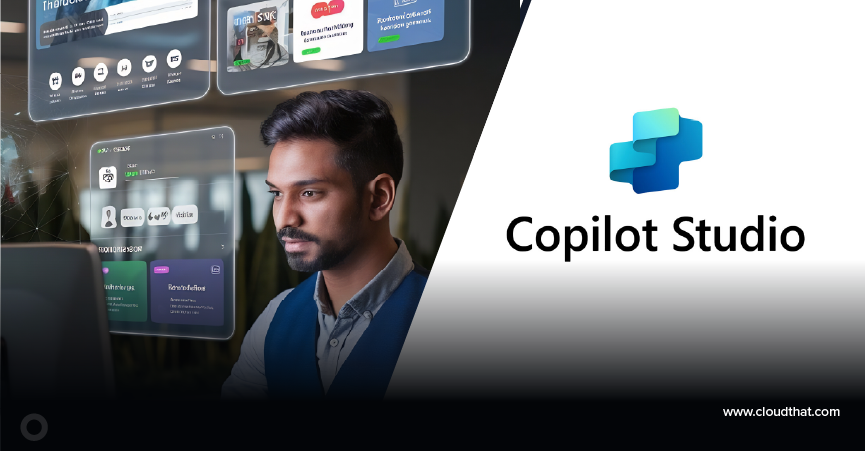|
Voiced by Amazon Polly |
Overview
In the age of serverless computing, developers are increasingly turning to platforms like Azure Functions and Azure Container Apps to build scalable and cost-effective cloud applications. However, a critical aspect of any application is security. When these serverless applications need to access resources like databases or storage accounts, ensuring secure communication without exposing them to the public internet is essential.
This is where Azure Private Link comes into play. It allows you to establish secure, private connections between your serverless applications and Azure resources within your virtual network (vNet). This blog post dives deep into Azure Private Link, exploring its benefits, implementation steps, and best practices for securing serverless applications in Azure.
Pioneers in Cloud Consulting & Migration Services
- Reduced infrastructural costs
- Accelerated application deployment
Azure Private Link
This private connectivity provides several advantages:
- Enhanced Security: By eliminating the need for public internet access, you minimize the attack surface and prevent unauthorized access to your resources.
- Improved Network Control: You maintain complete control over network traffic flow within your vNet, allowing for granular access policies and security measures.
- Reduced Costs: You can potentially reduce egress costs associated with data transfer out to the public internet.
Benefits of Using Private Links with Serverless Applications
Serverless applications often rely on various Azure services for functionality, such as:
- Azure Storage: Storing application data, logs, and configurations.
- Azure SQL Database: For relational database management.
- Azure Cosmos DB: For NoSQL database needs.
- Azure Key Vault: Securely storing secrets and configuration settings.
Using Azure Private Link with serverless applications offers several key benefits
- Enhanced Security Posture: Private connections mitigate the risk of data breaches and unauthorized access.
- Simplified Network Architecture: Streamlined network configuration by eliminating the need for complex internet routing rules.
- Improved Performance: Direct private connections can lower latency and improve application performance.
- Compliance Adherence: Private connectivity can help meet specific data security and privacy compliance requirements.
Implementing Private Link for Serverless Applications
Here’s a step-by-step guide on how to implement Azure Private Link for your serverless applications:
- Create a Virtual Network (vNet):
If you don’t already have one, create a vNet within your Azure resource group. This vNet will host your serverless application workloads and the private endpoints. - Enable Private Link Service (Optional):
If you plan to connect to customer-owned services hosted in Azure Private Link Service (APLS), you must enable APLS for your resource group. - Create a Private Endpoint:
For each Azure service, you want to connect to privately, create a private endpoint within your vNet. This endpoint maps to a specific Azure service resource ID and is the private connection point.
There are two ways to create private endpoints:
* **Using the Azure Portal:** Navigate to the desired Azure service, such as Azure Storage, and locate the “Private endpoint connections” section. Here, you can create a new private endpoint and configure its settings.
* **Using Azure CLI or PowerShell:** Leverage Azure CLI commands or PowerShell cmdlets to automate private endpoint creation and configuration within your infrastructure as code (IaC) scripts.
- Configure Serverless Application Access:
For your serverless application code running in Azure Functions or Azure Container Apps, update the connection strings or configuration settings to point to the private endpoint’s FQDN (Fully Qualified Domain Name) instead of the public endpoint URL. This ensures the application directs traffic through the private connection. - Grant Access to Serverless Application:
Once the private endpoint is created, you must grant access to the specific serverless application identity (e.g., a managed identity or service principal). This allows the application to communicate with the private endpoint. You can configure access through the Azure portal or using Azure CLI/PowerShell commands.
Best Practices for Securely Connecting Serverless Applications
Here are some best practices to keep in mind when using Private Link with serverless applications:
- Principle of Least Privilege:
Grant the minimum required access permissions to your serverless application identity when connecting to private endpoints. - Network Security Groups (NSGs):
Utilize NSGs within your vNet to apply granular access control rules, further restricting traffic flow. - Monitor and Audit Activity:
Monitor your private endpoints and serverless applications for suspicious activity to maintain a strong security posture. - Maintain Infrastructure as Code (IaC):
Leverage IaC tools like Azure Resource Manager (ARM) templates to automate the creation.
Conclusion
By leveraging Azure Private Link, organizations can significantly enhance the security and performance of their serverless applications. By establishing private connections between serverless workloads and backend services, businesses can mitigate risks associated with public internet exposure, reduce latency, and maintain granular control over network traffic. Implementing best practices, such as the principle of least privilege and network security group configurations, further strengthens the overall security posture.
Through careful planning and execution, organizations can effectively harness the power of Azure Private Link to build secure serverless applications.
Drop a query if you have any questions regarding Azure Private Link and we will get back to you quickly.
Making IT Networks Enterprise-ready – Cloud Management Services
- Accelerated cloud migration
- End-to-end view of the cloud environment
About CloudThat
CloudThat is an award-winning company and the first in India to offer cloud training and consulting services worldwide. As a Microsoft Solutions Partner, AWS Advanced Tier Training Partner, and Google Cloud Platform Partner, CloudThat has empowered over 850,000 professionals through 600+ cloud certifications winning global recognition for its training excellence including 20 MCT Trainers in Microsoft’s Global Top 100 and an impressive 12 awards in the last 8 years. CloudThat specializes in Cloud Migration, Data Platforms, DevOps, IoT, and cutting-edge technologies like Gen AI & AI/ML. It has delivered over 500 consulting projects for 250+ organizations in 30+ countries as it continues to empower professionals and enterprises to thrive in the digital-first world.
FAQs
1. Is Azure Private Link suitable for on-premises access to serverless applications?
ANS: – Azure Private Link primarily focuses on connecting resources within your Azure environment. For on-premises access to serverless applications, consider a combination of Azure Private Link with a VPN connection or a self-hosted gateway.
2. How do I manage access control for private endpoints?
ANS: – Access control for private endpoints is managed through Azure Active Directory (AAD). You grant access to the specific serverless application identity (e.g., managed identity or service principal) that requires permission to communicate with the private endpoint.

WRITTEN BY Shivang Singh
Shivang is a certified AWS Security Specialist, AWS Solution Architect Associate, Microsoft Azure Administrator, and Google Associate Cloud Engineer, and working as a Research Associate at CloudThat. He is part of the Cloud Infrastructure and Security team and is skilled at building cloud solutions for multiple customers. He is keen on learning new technologies and publishing blogs for the tech community.


 Login
Login


 August 28, 2024
August 28, 2024 PREV
PREV










Comments